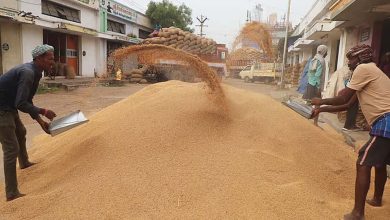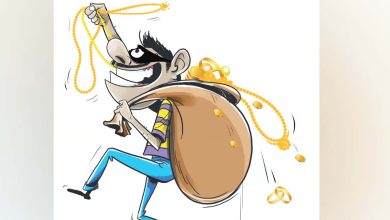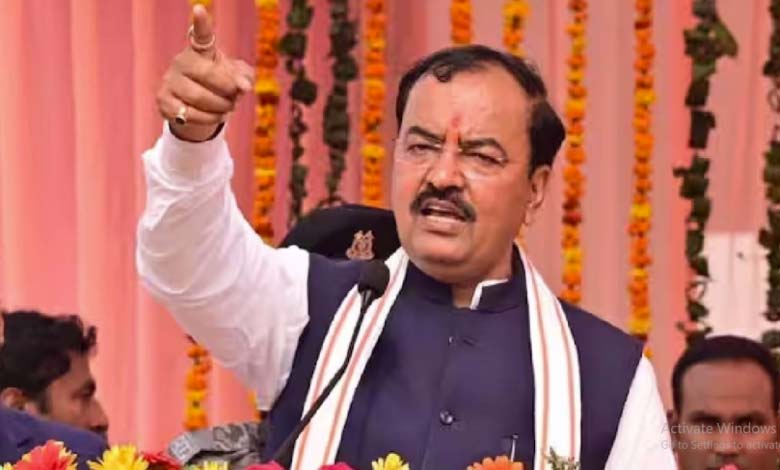Gender parity in higher education rises slightly in Odisha

BHUBANESWAR: The gender parity index (GPI) for higher education in Odisha has shown a marginal improvement, according to the All India Survey of Higher Education (AISHE) for the academic year 2020-21, released by the Ministry of Education last week. The GPI, which represents the ratio of female gross enrollment ratio (GER) to male GER in the 18 to 23 age group, increased from 0.90 percent in 2019-20 to 0.94 percent in 2020-21.
Despite this slight rise, Odisha’s GPI still lags significantly behind the national average of 1.05 percent, with nearly 29 states boasting a higher index. Over the past five academic sessions, the GPI has only increased by 0.10 percent since the 2016-17 session. The current GPI of 0.94 percent indicates that 20.1 percent of female students are enrolled compared to 21.3 percent of male students.
Interestingly, there is a noteworthy gender disparity in the pursuit of higher degrees, particularly at the PhD level. While more girls are pursuing post-graduate (PG) and under-graduate degrees, the number significantly drops when it comes to higher degrees and research. For instance, in 2020-21, 50,344 female students pursued PG degrees compared to 48,874 male students, while only 1,326 female students pursued PhDs.
The report also highlights that enrolment of tribal girls in higher education institutions is higher than that of tribal boys, with a gender parity index of 0.90 percent for Scheduled Tribes (ST) students and 0.86 percent for Scheduled Castes (SC) students.
Furthermore, the increased enrollment of female students in higher education is reflected in the number of female faculty members in the state. Odisha currently has 16,186 female faculty members across all higher education institutes, compared to 25,787 male faculty members.
While there has been a marginal increase in the overall gross enrollment ratio (GER) in higher education institutions in Odisha for the academic session 2021-2022 (20.7 percent), it remains slightly below the national average of 27.3 percent. The state witnessed the opening of 47 colleges in 2020, including three government-run institutions, with a total enrolment of 2,812 students.
In summary, while there is a positive trend in gender parity in higher education in Odisha, efforts are needed to bridge the gap further and enhance female participation in higher degrees and research.





